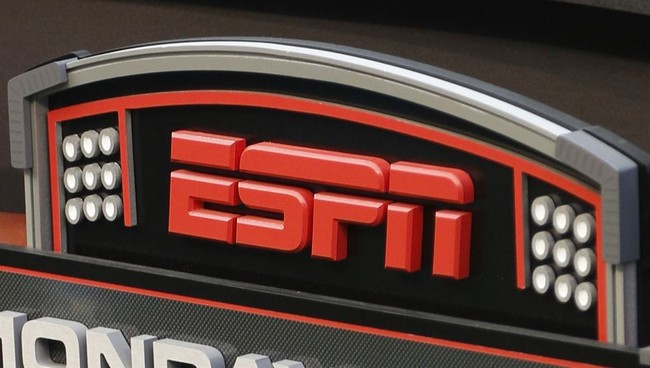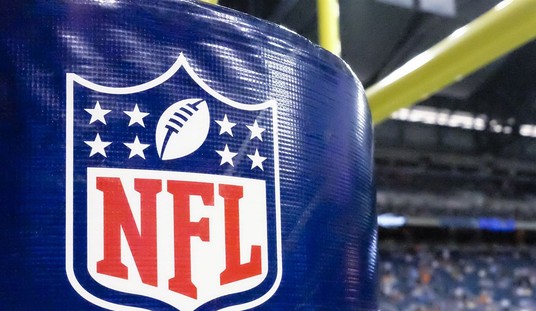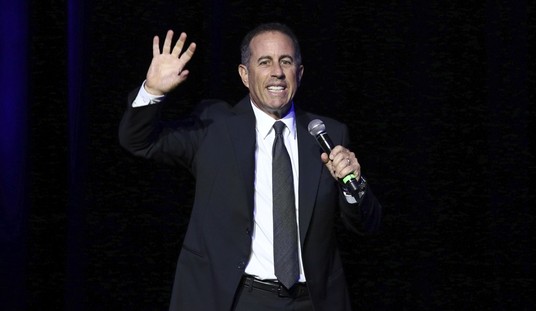There was some very revealing news this week as a new financial filing from Disney disclosed new financials not previously seen. In the company’s SEC filing for last year, Disney showed the operating profits for its sports property ESPN.
Previously, ESPN had always been placed as a part of the company’s broadcast properties, but this marks the first time it appears as its own division, and as a result, the operating numbers are being made public.
Depending on the perspective it was looked at as either a favorable asset or one of diminishing value. What was revealed in truth is that, while not so long ago Disney was a monolith in Hollywood, it is still operating with a cloud of financial difficulty. On one hand, ESPN's business is helping, but that the company can use that help is a revealing problem.
What was shown was that for the fiscal year 2022 (ending one year ago), ESPN’s revenues came in at $16 billion, leading to a profit of $2.9 billion. The Entertainment division took in $39.6 billion and derived a profit of $2.1 billion. This was regarded as good news by some, but realities became exposed that showed darker fortunes.
Primarily the revenue-to-profit ratio for the Entertainment division is problematic. This shows both the numerous challenges the company experienced in movie theaters last year - and continuing in 2023, by the way - and the huge financial drain that has been the streaming services, mostly the billions spent on Disney+. That all of the entertainment properties combined generated only about a 5% return on revenue shows the massive expenses the company is incurring.
The very fact that ESPN alone drew in more profits than all those Entertainment elements combined is a bad sign. The other is the operating realities of ESPN. Of the money coming into the property for revenues, the primary source is through cable television carriage fees. Of the $16 billion figure $10 billion came from those fees, with $4.4 billion from advertising, and the balance through streaming subscriptions and similar cash streams.
Television is facing the harsh reality of cord-cutting, and as more people depart from that option it will only impact ESPN’s bottom line more, through both the loss of fees and ratings. Over the past decade, after hitting the peak in customers, cable subscribers have dropped by 30%, and that is accelerating faster than expected this year. The result of this was seen when the channel went through a raft of layoffs of numerous names from it roster of on-air talent.
The revelation of ESPN’s profits comes following a move by CEO Bob Iger earlier this year to restructure the company’s financials, meaning the details for the sports entity were no longer veiled, as it had always been previously included as a component of the broadcast division.
This was the result of one of Iger’s first moves when he reaquired the helm of the company after his replacement Bob Chapek was effectively pushed out after a year or so of controversies (mostly ushered by Iger) and diminishing revenues. As Iger settled back into his role an initial move was to reorganize the company and dissolve one of Chapek’s structures, the Disney Media & Entertainment Distribution. That had been Chapek’s move to decentralize creativity in the company structure and give control over content to the smaller divisions.

Iger wanted to bring that oversight back to the creative executives, so he set up the new corporate structure between Entertainment, Parks & Experiences, and then Sports (which consists primarily of ESPN properties). This early move by Iger was seen as a way of erasing Chapek’s imprint on the company, but questions also emerged about the ESPN decision.
Segregating that brand from the rest of the entertainment offerings was curious, considering the company has a number of other cable channels, and the streaming services Disney+ and Hulu. This was seen as a possible attempt by Iger to view ESPN as a separate entity in order to set it up for a possible spinoff or sale. These figures do not bode positively if that was the goal.
ESPN is dealing with a two-pronged challenge: It stares down customer flight while grappling with increased costs for licensing deals with professional sports leagues. Already it was seen a looming new contract with the NBA has the network seeking to get a more limited deal, possibly shared with other broadcasters.
Making this tougher is that while television ratings have eroded, sports are the proven audience draw. Networks in general have lower revenues but the value of sports increases as a result, and so does the licensing. This means that what Disney holds as its sports asset is a cash cow delivering less cream, but it needs those dwindling revenues in the short term, as it tries to prop up the property as attractive to any potential buyer.
The migraine for Disney is real.















Join the conversation as a VIP Member